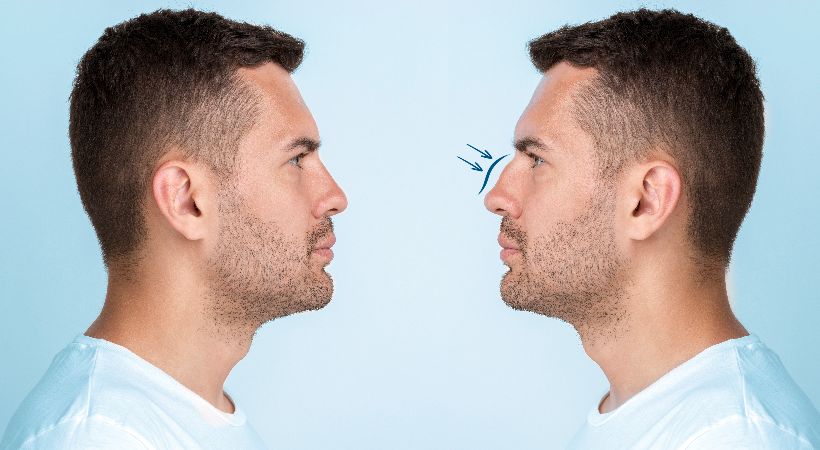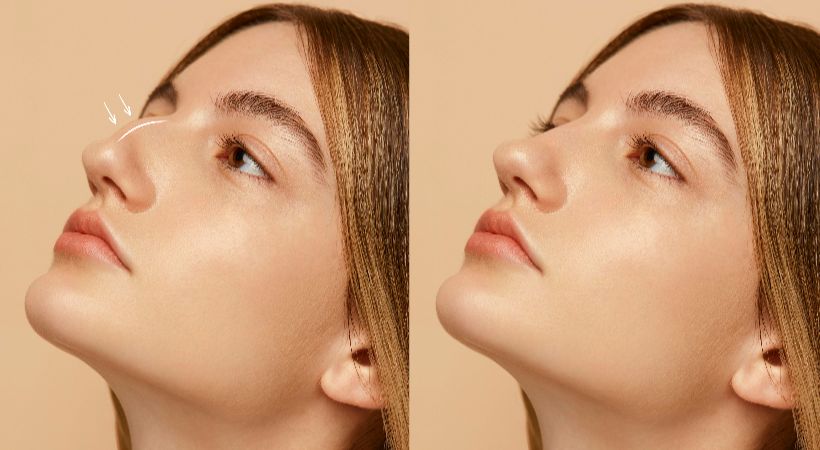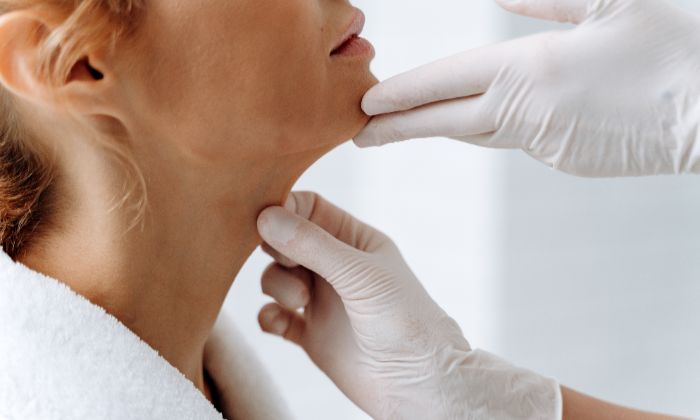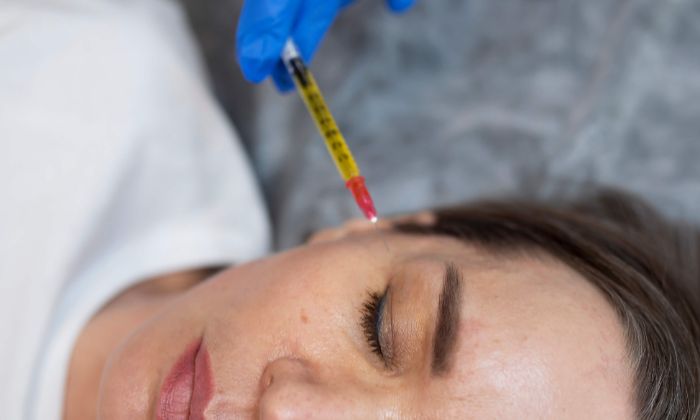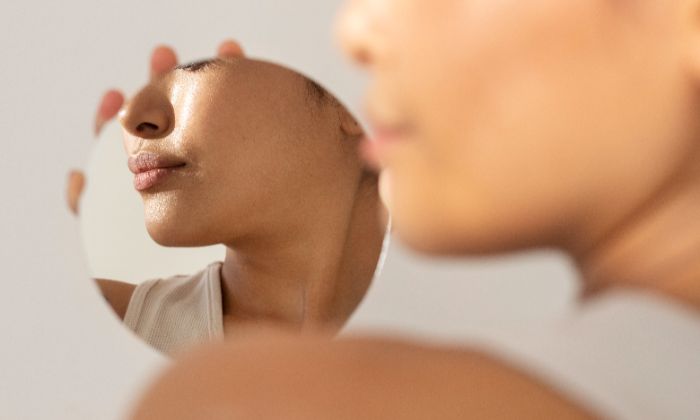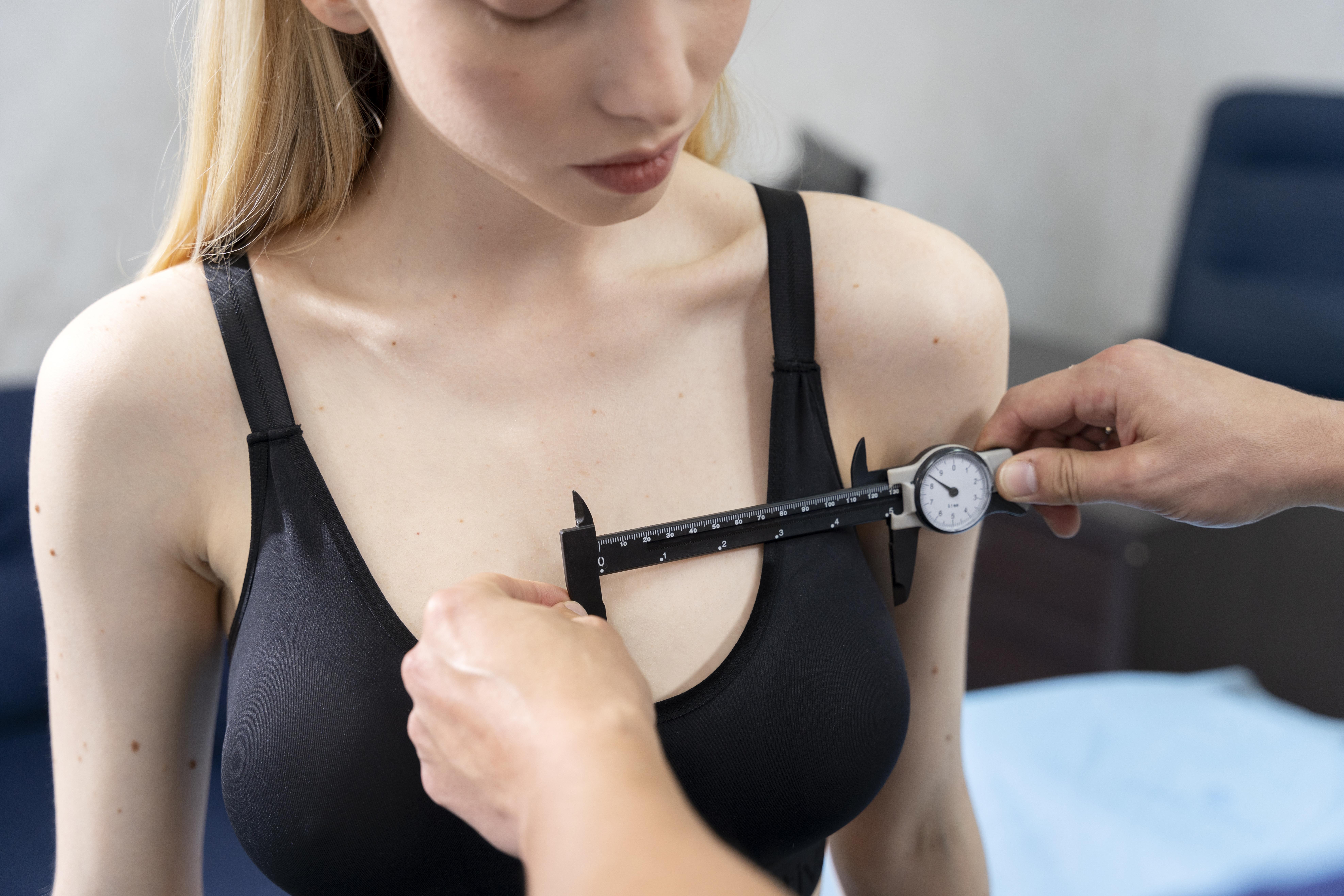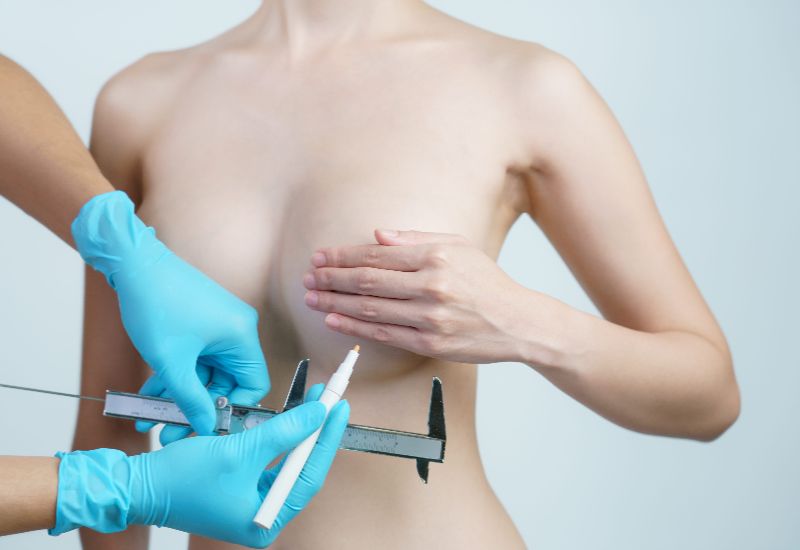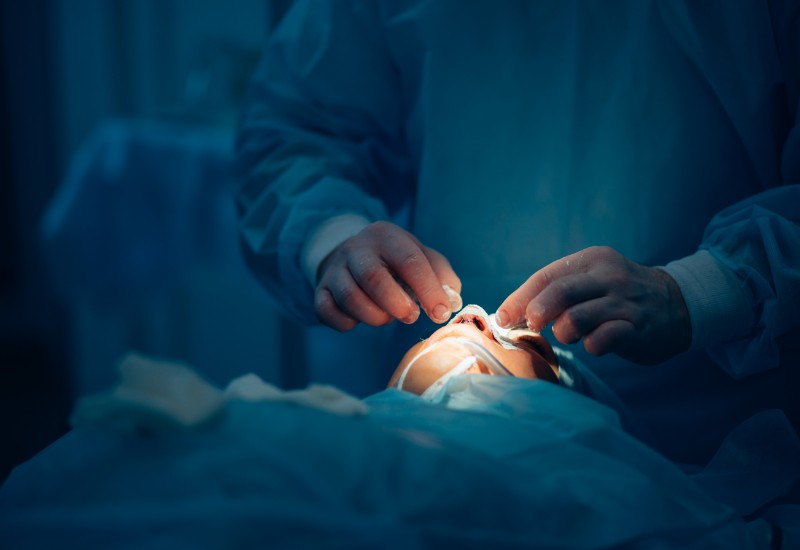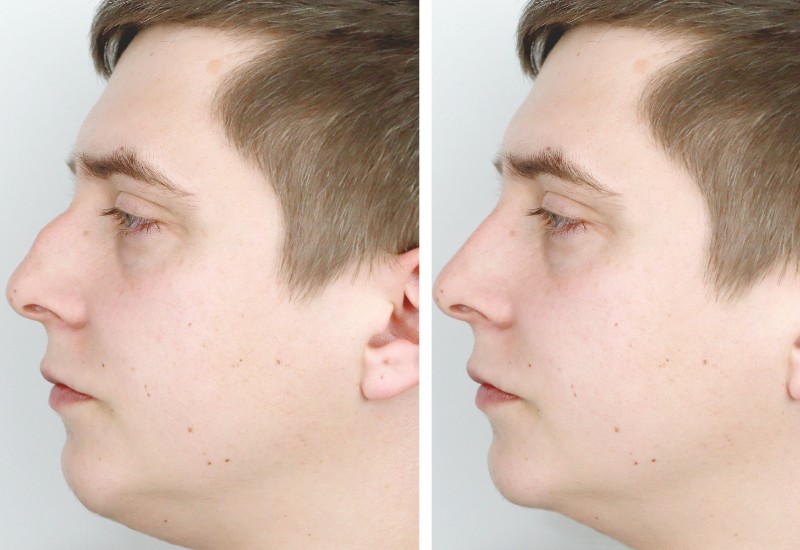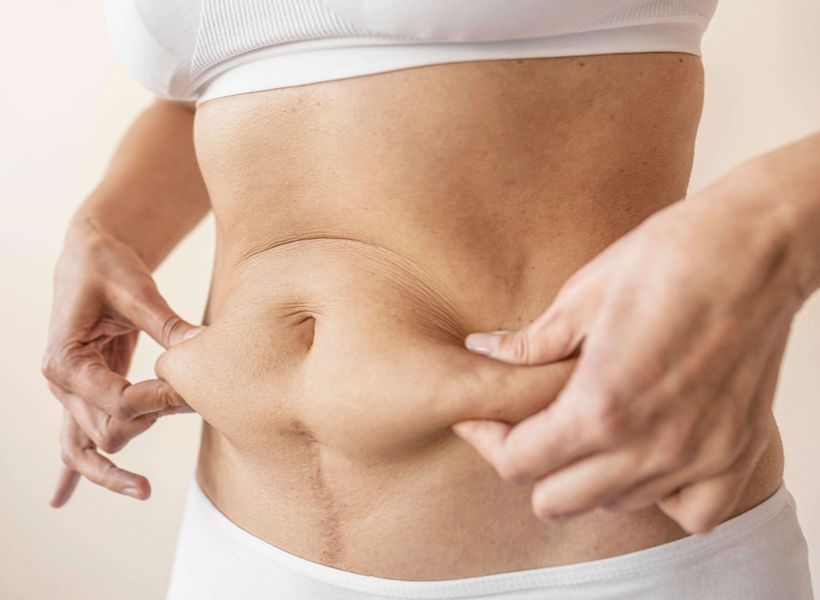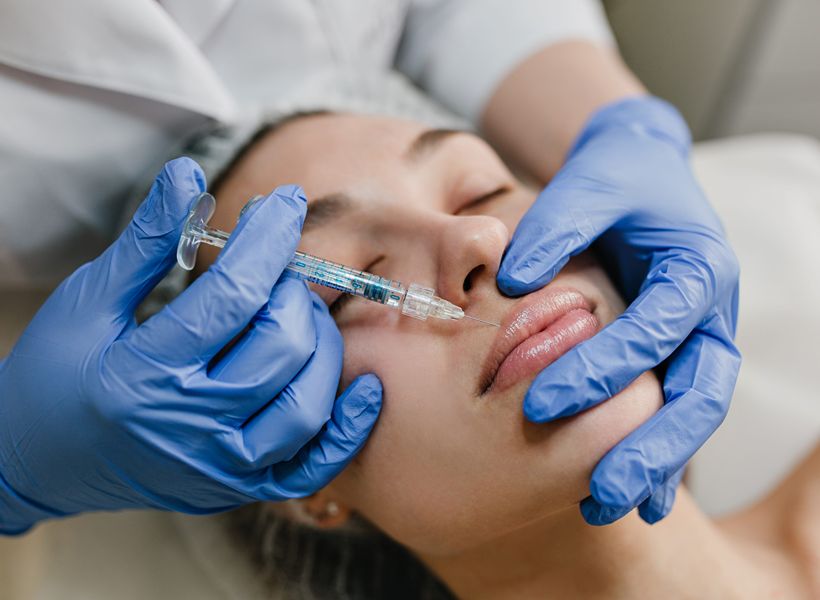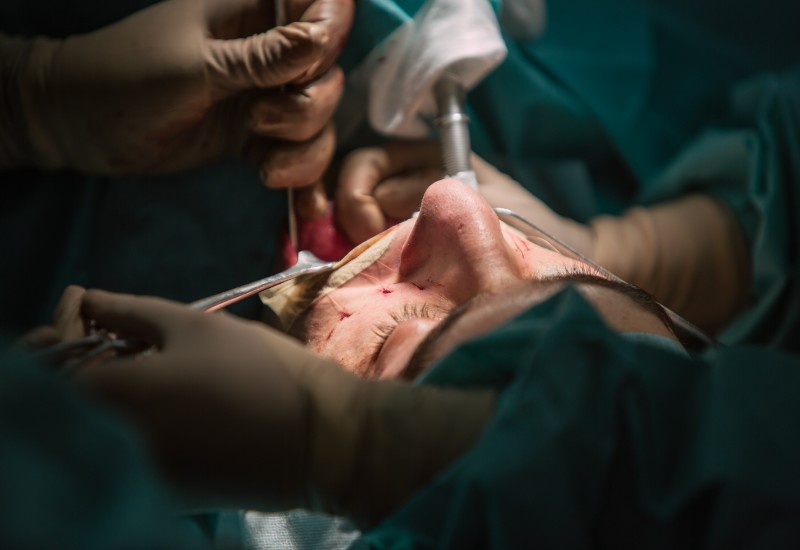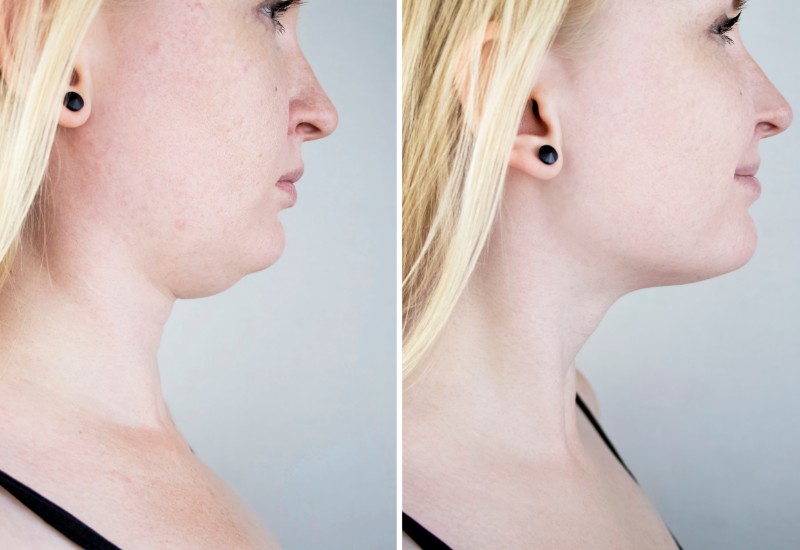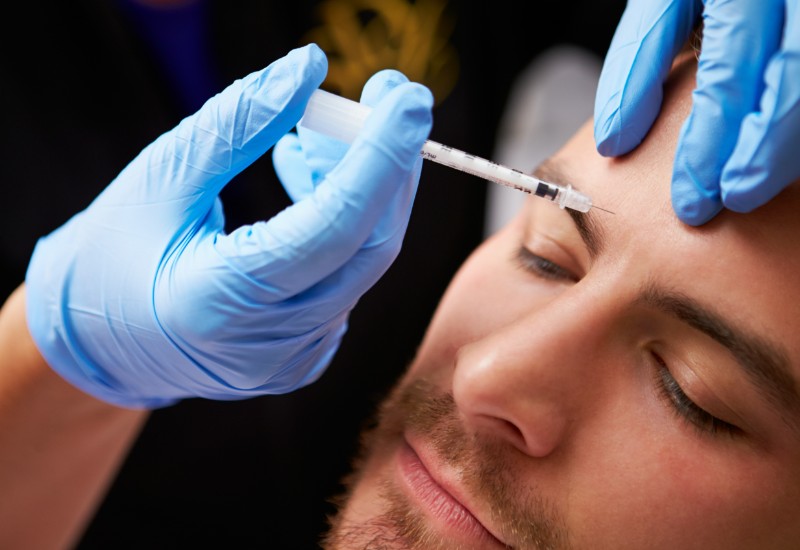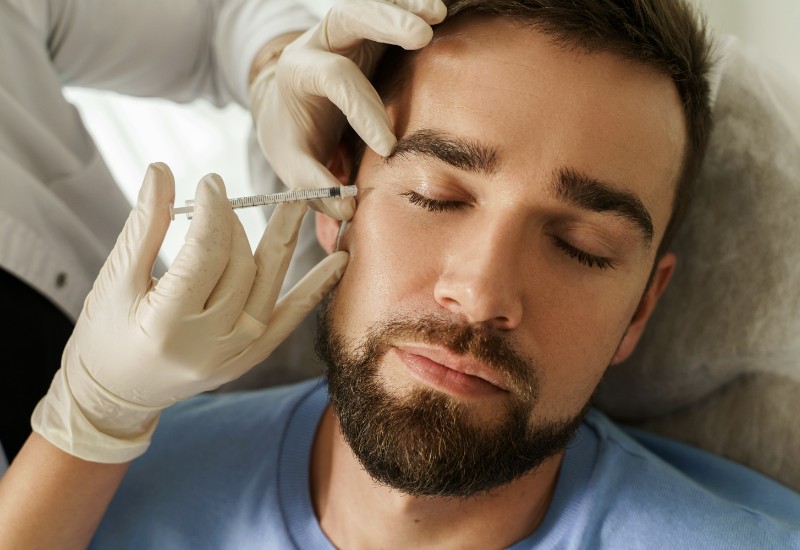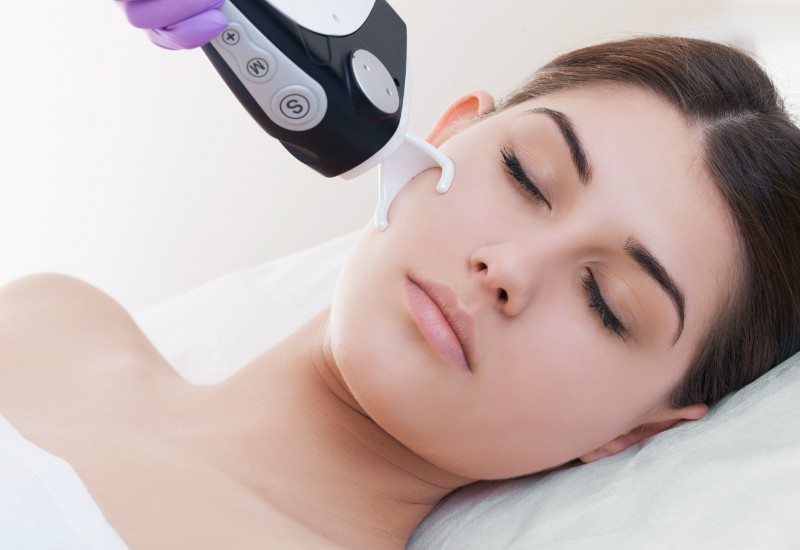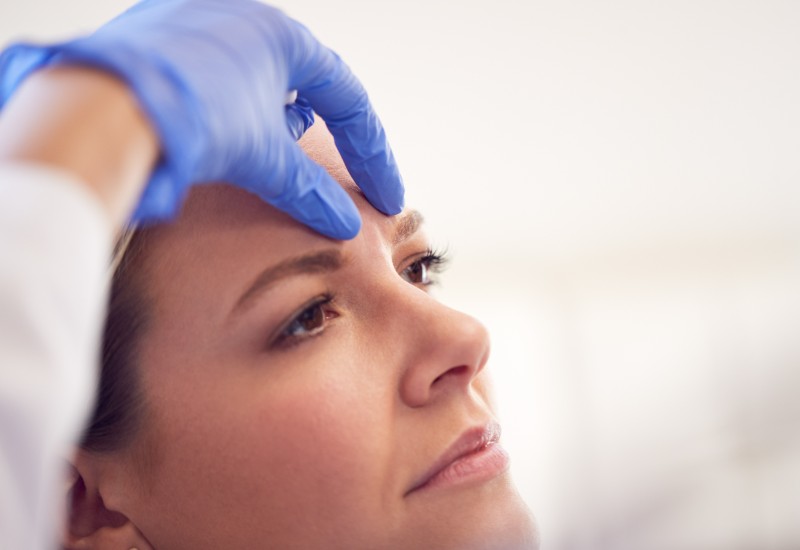Undergoing breast augmentation is a great way to improve the shape of your breasts. This procedure is continuing to grow in popularity as more women are taking control of their confidence and opting for more affirming appearances.
At New Birkdale Clinic, we have performed countless breast surgeries, with breast enhancements one of our more popular procedures. What a lot of people tend to forget is that when you choose to undergo a breast enlargement, there is a lot to think about.
You have to consider the type of implant you want, whether it is saline or silicone. You also need to pick a size and whether or not you want a breast implant behind the muscle or over it.
Not sure what under-the-muscle implants are? In this article, we will answer your questions about their benefits and considerations.
What Are Under Muscle Breast Implants?
Under-the-muscle implants, also known as sub-muscular implants, are a type of breast implant partially placed beneath the pectoralis major chest muscle. This positioning can provide a more natural appearance and may reduce the risk of complications compared to other placement options.
An experienced surgeon will tend to recommend under-the-muscle implants for smaller breasts, as this creates a more natural look and feel.
You may also be familiar with half-under-muscle breast implants, which use a dual-plane technique, with the upper part of the implant being placed under the pectoral muscle, while the lower part is positioned behind the breast tissue.

The Difference Between Over and Under The Muscle Implants
If you are looking to undergo breast augmentation, you may be having difficulty deciding between getting a boob job under the muscle or over it. Before making your decision, it is important that you can distinguish between the two augmentation options.
The main differences include:
Appearance
Subglandular implants, or implants placed over the muscle, can create a more pronounced cleavage. Meanwhile, muscle implants create a more natural contour and shape of the breast. If you want a more natural slope to your breast, an under-the-muscle implant is the way forward.
Recovery
It may be important to consider that implants placed over the muscle will generally heal faster, whereas implants placed under the muscle can take around three months to heal completely. Remember that this time can differ depending on the person and their lifestyle.

Undergoing any breast augmentation requires setting aside the appropriate recovery time, so ensure that you can do this before proceeding with the procedure. The right aftercare can improve your recovery.
Different Surgical Technique
The procedure for under-the-muscle implants is more invasive than over-the-muscle surgery. The major muscle must be cut in order to put the implant in place, so you may experience some loss in strength in the chest area.
Under Muscle Breast Implants Vs Over
Choosing under- or over-muscle breast implants is a decision that depends entirely on the receiver’s intentions for the surgery and subjective taste.
With the two surgical styles, you can get quite different results, so it’s important that you take the time to really understand which matches your desired look.
The Benefits of Under-Muscle Implants
Though under-the-muscle implants can present some challenges, they also offer plenty of benefits that make the procedure well worth it. Here are some of them.
Natural Look
Because the implants are better concealed beneath the muscle, they tend to look much more natural. This means that if you wish to go slightly bigger with your implants, you do not have to worry too much about them looking fake.
If you are someone who initially had smaller breasts, you will have less natural breast tissue to work with, so under-the-muscle implants can help enhance the tissue that you already have.
Lower Risks
A risk that you expose yourself to when you undergo breast augmentation is the possibility of developing capsular contracture. This is the hardening of scar tissue around the implant, which can warp the look of an implant. It has been proven that under the muscle placement can reduce the risk of developing capsular contracture.

Beneficial For Mammograms
Having implants placed under the muscle can make breast tissue more accessible during mammograms. This is incredibly beneficial, as it improves the chances of detecting cancer early, which, over time, may obstruct the muscle implants.
Improved Long-Term Appearance
When you have an under-muscle augmentation, you reduce the risk of visible wrinkling or rippling of the implants, which can be quite common with saline implants.
This means that, in the long term, the implants will look much better and more natural.
Who is Suitable For Under-Muscle Implants?
Surgeons will always recommend under-muscle implants for women with less breast tissue or anyone who is looking to achieve an extremely natural look.
Because the muscle provides extra coverage and support for the implants, we would suggest under-muscle implants if you are worried about the risk of visible implant ripples.
What to Expect After The Procedure
After the procedure, you can experience pain, swelling and bruising, which is what you expect after any medical procedure.
You may experience some sensitivity, so it is suggested that you take care when sleeping or moving. You may also feel a slight tightness in your chest, which will disappear after a couple of weeks.

You may also need to have your stitches removed 7-14 days after the initial procedure. You can expect slight scarring, but this will fade with time. No two people heal the same way, so your healing time may differ, and the scarring may still be present if you do not heal well.
Based on previous procedures, you can often determine how well your scars will fade.
In preparation, you may need to take some time off work so that you can avoid strenuous activities such as driving.
How to Encourage Healing After Under-Muscle Breast Implant Surgery
To encourage healing after your surgery, it is essential to take the proper precautions. You must follow your surgeon’s advice, get plenty of rest, and wear a supportive garment as instructed by your doctor, as this will help minimise swelling.
Eating well can also make a huge difference, including getting plenty of vitamins into your body and also consuming plenty of protein. If you’re worried about not getting the right nutrients, you should consider taking additional vitamins.
Why You Should Choose The New Birkdale Clinic
Hopefully, this blog has provided you with the necessary knowledge concerning under-muscle breast implants.
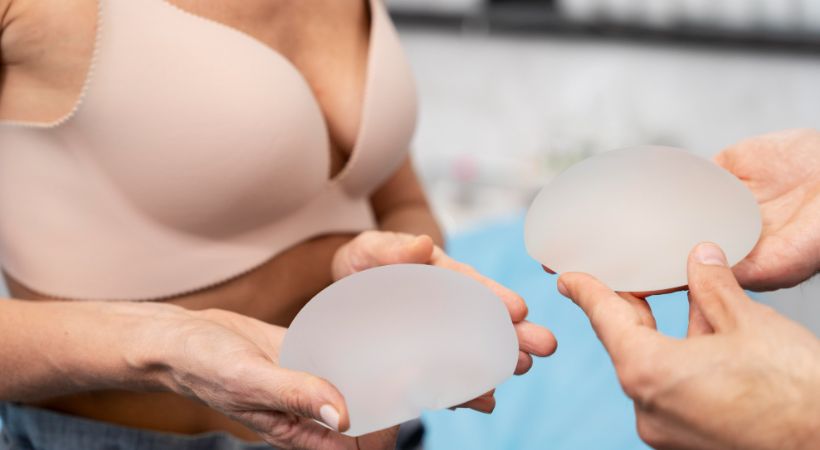
At the New Birkdale Clinic, our surgeons have years of combined experience performing breast augmentations. They are ready to walk you through the process. If you are interested in the procedure or would like to learn more, don’t hesitate to contact the clinic today.
Frequently Asked Questions
How long does recovery take?
Most patients recover within 6-8 weeks, with initial soreness lasting about a week. You can typically return to light activities within 10-14 days, though strenuous exercise should be avoided for several weeks.
Is it more painful than over-the-muscle?
Under-muscle placement typically involves more initial discomfort since it affects both breast tissue and muscle. Most patients describe it as muscle soreness similar to an intense workout, but pain medication makes it manageable.
What is “drop and fluff”?
After surgery, implants may sit high and firm initially. Over several months, the chest muscles relax, allowing the implants to settle into a lower, more natural position.
Will implants move when I flex?
Some movement may occur when contracting chest muscles, particularly in athletic women. This animation is temporary and resolves when muscles relax.
Do under-muscle implants reduce complications?
Yes, submuscular placement significantly lowers the risk of capsular contracture and other complications compared to over-the-muscle placement.
Can I still exercise normally?
Yes, once fully healed, you can return to normal activities. You’ll need to avoid strenuous exercise for 2-3 weeks initially, then gradually resume your routine.
Are they better for mammograms?
Under-muscle implants make breast tissue easier to view during mammograms, which can improve cancer detection.
Who is the best candidate?
This placement works well for women with minimal natural breast tissue, those seeking a natural appearance, and patients wanting to minimise visible rippling.

